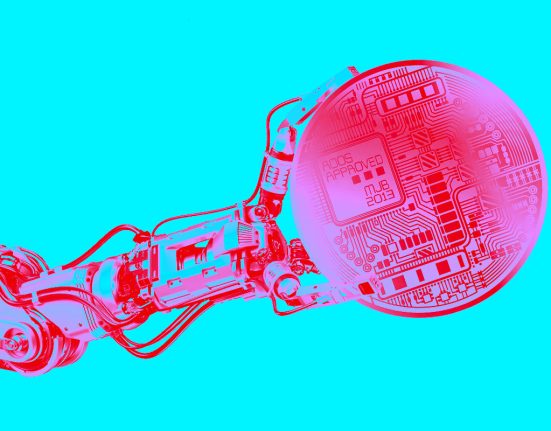The cart doesn’t lead the horse, which is why payments innovations tend to check the boxes that end users need most. And sometimes the smallest boxes, or micro moments, can have the biggest impact.
“Embedded finance solutions need to be embedded in the consumer’s flow in order to capture those micro moments when a consumer wants them,” David Feuer, chief product officer at Galileo, said to PYMNTS.
“Post-purchase buy now, pay later (BNPL) services are great, because you’ve captured the micro moment where they are looking at their charge and asking themselves, ‘Do I want to pay this out of my bank account, or do I want to pay for it differently?’” he added.
After all, the surging demand for BNPL services globally, with projections indicating a user base surpassing 900 million globally by 2027, underscores a shift in consumer behavior and preferences. Banks and FinTechs need to be offering it to stay relevant, particularly in an increasingly competitive landscape where traditional financial value propositions are becoming more commodified.
And post-purchase BNPL solutions, when compared to traditional BNPL services, aim to bridge the gap between traditional card usage and alternative financing options.
“We see a ton of BNPL in general, but we don’t see a lot of post-purchase BNPL. There’s this really great opportunity for banks and FinTechs that are looking to differentiate to capture that micro moment and deliver that to their customers,” Feuer said.
He added that amid today’s shifting economic conditions, there also exists a growing imperative for financial institutions to capture additional revenue streams — and the incorporation of installment fees through BNPL presents an attractive, new avenue for revenue generation.
Read more: Galileo Expands BNPL Offering for Banks and FinTechs
Transitioning Between Card Usage and Financing
The payments world today looks much different than it did even five years ago, and so do the expectations of consumers.
“There’s this new expectation that customers have around highly customized services. … In financial services, there’s been this competitive push to bring that level of personalization to meet consumer expectations,” Feuer said.
Crucially, he explained, there’s been a shift around financial behaviors, with consumers becoming “cognizant about their purchases and trying to find a transparent structure around budgeting and purchasing.”
Against that backdrop, providing clear insights into costs, terms and overall financial impact fosters transparency, and can empower consumers to make more informed decisions about their financial health and goals.
“There is a change in spending habits, particularly in the post-pandemic world. Gen Z, for instance, does not want a credit card because they can’t predict when they’ll be able to pay back what on their credit card,” Feuer said, noting that the transparency around a BNPL fee is much clearer than it would be around something like a credit card’s compound interest structure.
And it isn’t just Gen Zers who want more clarity and predictability around their spending.
“A lot of consumers want to connect with their money, and a lot of that is about transparency. … They don’t want to feel that if there is an impulse buy, or if they make a mistake, there’s a punitive fee because they didn’t have that clarity,” Feuer added.
Deepening Customer Relationships
Still, when it comes to embracing innovation, Feuer noted three main hurdles that, while not impossible to overcome, are worth keeping an eye on.
The first is that many banks are dealing with quite a lot of technological inertia. For them to be able to adopt innovative products and roll them out at the pace at which innovation moves, strategic investments in modernization and API integration will be needed to overcome the limitations of existing legacy systems.
Second, regulatory changes can impact lending practices, necessitating proactive engagement and compliance measures. Striking a balance between innovation and regulatory requirements is imperative for sustained growth.
And finally, he highlighted that fluctuating economic conditions themselves can impact consumer spending patterns and lending viability.
Looking ahead, Feuer envisioned a future where BNPL extends beyond just unsecured term loans, seamlessly integrating into consumers’ digital journeys.
“When we look at the landscape of banking and financial services, shopping for homes and mortgages and vacations, there are all of these other areas where loans, and particularly secured loans, are ripe for innovation and disruption. … A lot of embedded finance has been focused on CPG (consumer packaged goods), and I think what does evolve is how and where embedded appears in the consumer’s flow, with better ability to capture those micro moments when a consumer might want liquidity at that moment,” he said.







